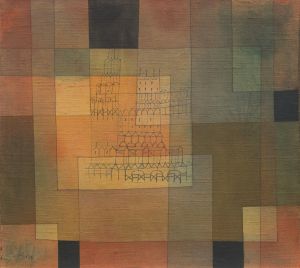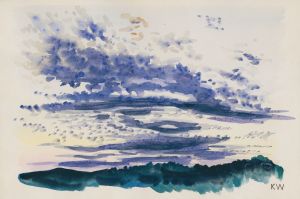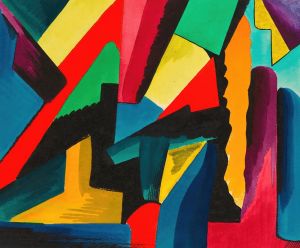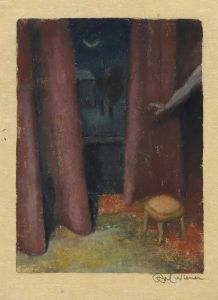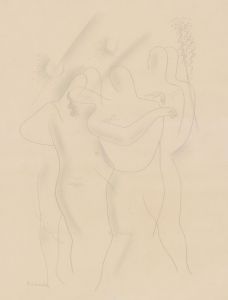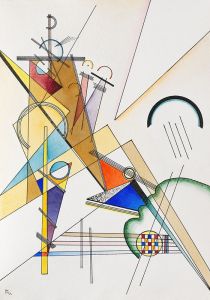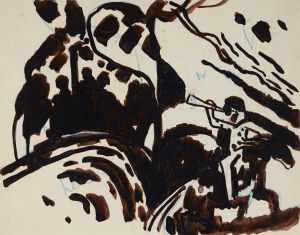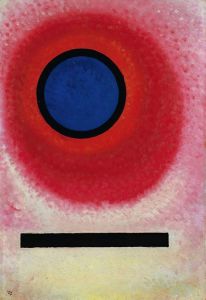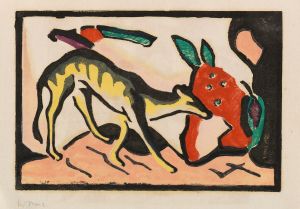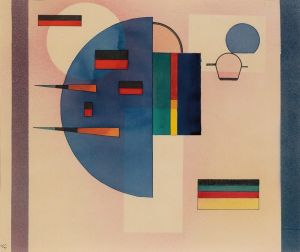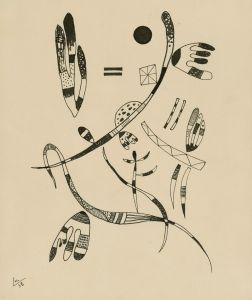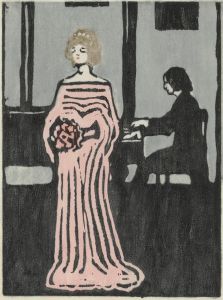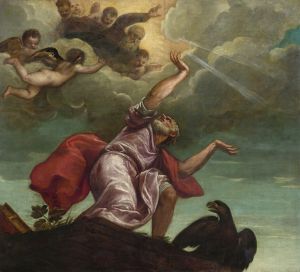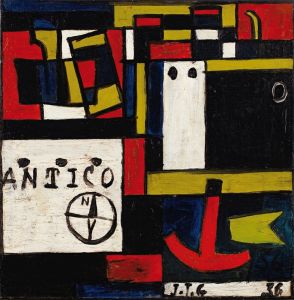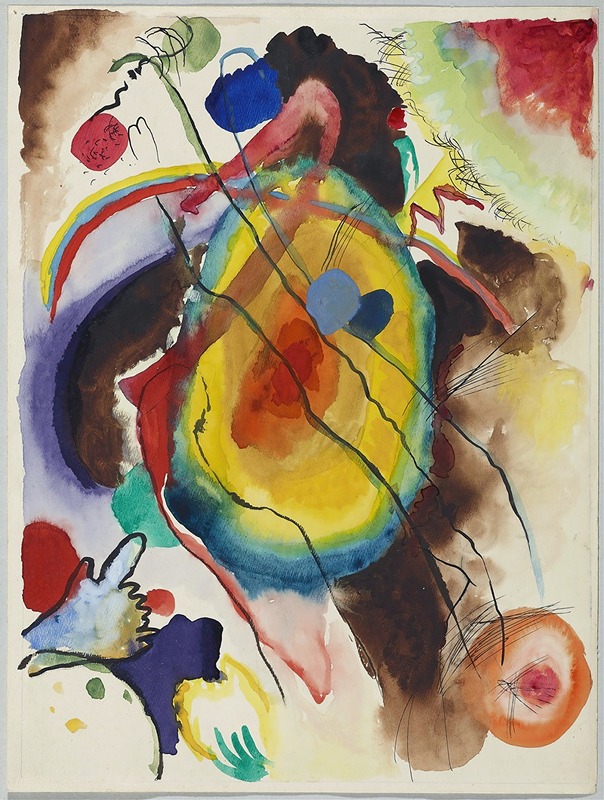
Entwurf zu einem Wandbild für Edwin R. Campbell
A hand-painted replica of Wassily Kandinsky’s masterpiece Entwurf zu einem Wandbild für Edwin R. Campbell, meticulously crafted by professional artists to capture the true essence of the original. Each piece is created with museum-quality canvas and rare mineral pigments, carefully painted by experienced artists with delicate brushstrokes and rich, layered colors to perfectly recreate the texture of the original artwork. Unlike machine-printed reproductions, this hand-painted version brings the painting to life, infused with the artist’s emotions and skill in every stroke. Whether for personal collection or home decoration, it instantly elevates the artistic atmosphere of any space.
Wassily Kandinsky, a pioneering figure in abstract art, created "Entwurf zu einem Wandbild für Edwin R. Campbell" as part of his exploration into non-representational art. Kandinsky, born in Moscow in 1866, was a Russian painter and art theorist who is often credited with painting one of the first purely abstract works. His journey into abstraction was influenced by his synesthetic experiences, where he could perceive colors and sounds interchangeably, and his interest in the spiritual and emotional power of art.
The work "Entwurf zu einem Wandbild für Edwin R. Campbell" translates to "Design for a Mural for Edwin R. Campbell." Edwin R. Campbell was an American industrialist and a founder of the Chevrolet Motor Company. He was also an art patron who commissioned Kandinsky to create a series of works. This particular piece was part of a larger commission for Campbell's New York apartment, which included several panels. These works are collectively known as the "Four Seasons" series, each representing a different season through abstract forms and colors.
Kandinsky's approach to this mural design was deeply rooted in his theoretical ideas about art. He believed that colors and shapes could evoke emotions and convey spiritual truths without relying on representational forms. This philosophy is evident in the mural's composition, which features dynamic shapes and a vibrant color palette. The interplay of geometric and organic forms creates a sense of movement and rhythm, inviting viewers to experience the work on an emotional level rather than through literal interpretation.
The mural design reflects Kandinsky's transition from his earlier, more figurative work to his later, fully abstract style. During this period, Kandinsky was influenced by the avant-garde movements in Europe, particularly the Bauhaus school, where he taught from 1922 to 1933. His work at the Bauhaus emphasized the integration of art, architecture, and design, and this holistic approach is visible in the mural's composition.
Kandinsky's use of color in "Entwurf zu einem Wandbild für Edwin R. Campbell" is particularly noteworthy. He employed a range of hues to create contrast and harmony, using color as a tool to evoke specific emotions and moods. This technique aligns with his belief in the synesthetic potential of art, where visual elements can produce auditory or emotional responses.
The mural design for Edwin R. Campbell is a testament to Kandinsky's innovative spirit and his commitment to exploring the possibilities of abstract art. It exemplifies his belief in the transformative power of art to transcend the physical world and connect with the viewer on a deeper, more spiritual level. Through this work, Kandinsky sought to create a visual language that could communicate universal truths and emotions, a goal that would define his career and influence generations of artists to come.
Today, Kandinsky's contributions to abstract art are widely recognized, and his works are celebrated for their pioneering approach and profound impact on modern art. The mural design for Edwin R. Campbell remains an important example of his early abstract explorations and his enduring legacy in the art world.





